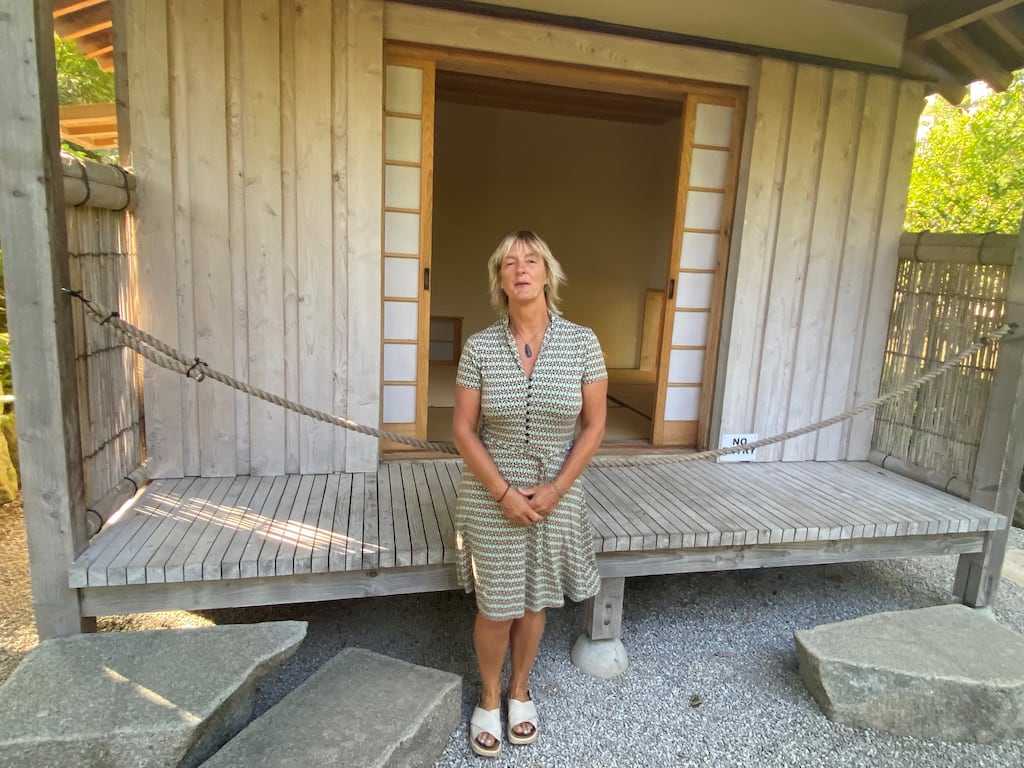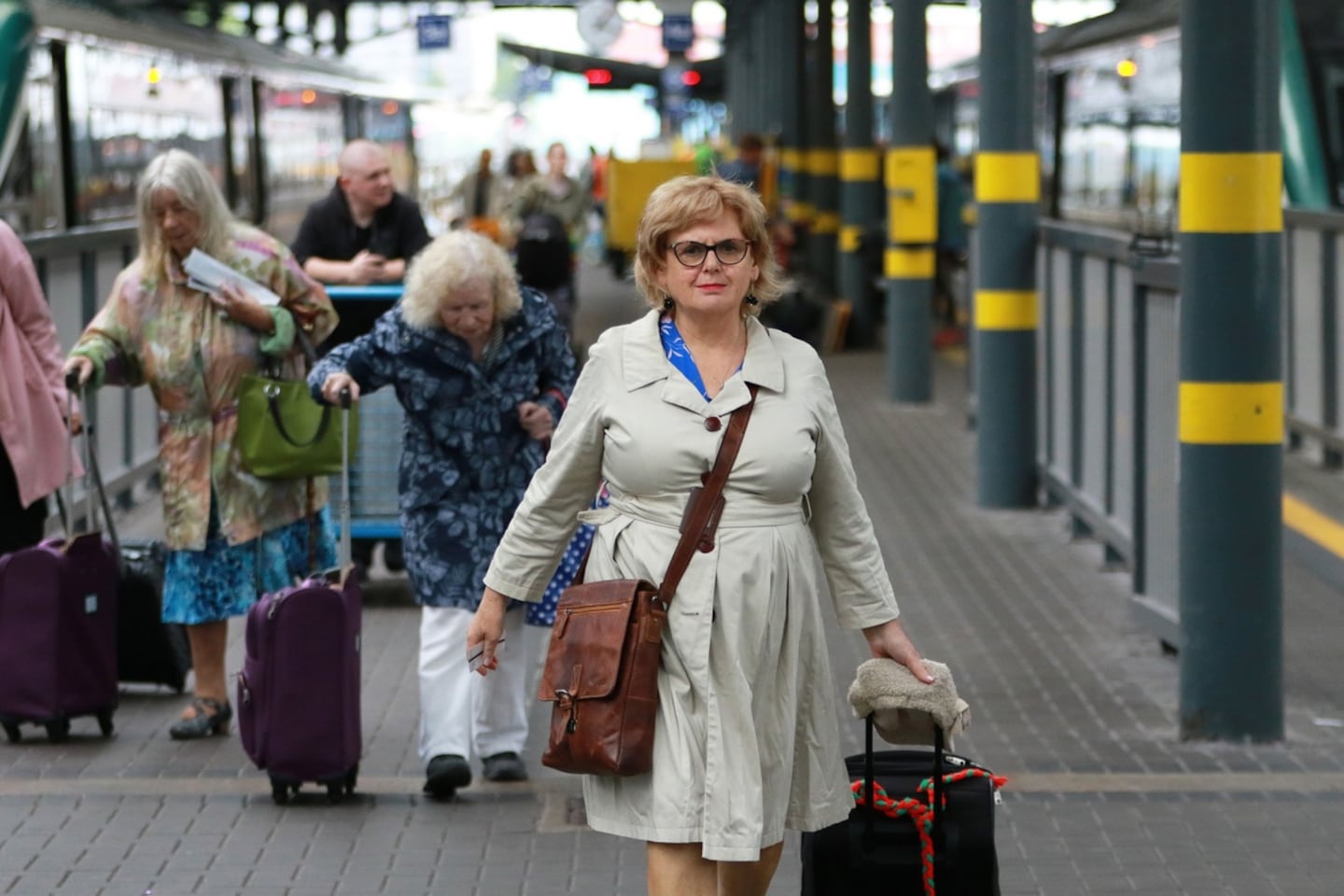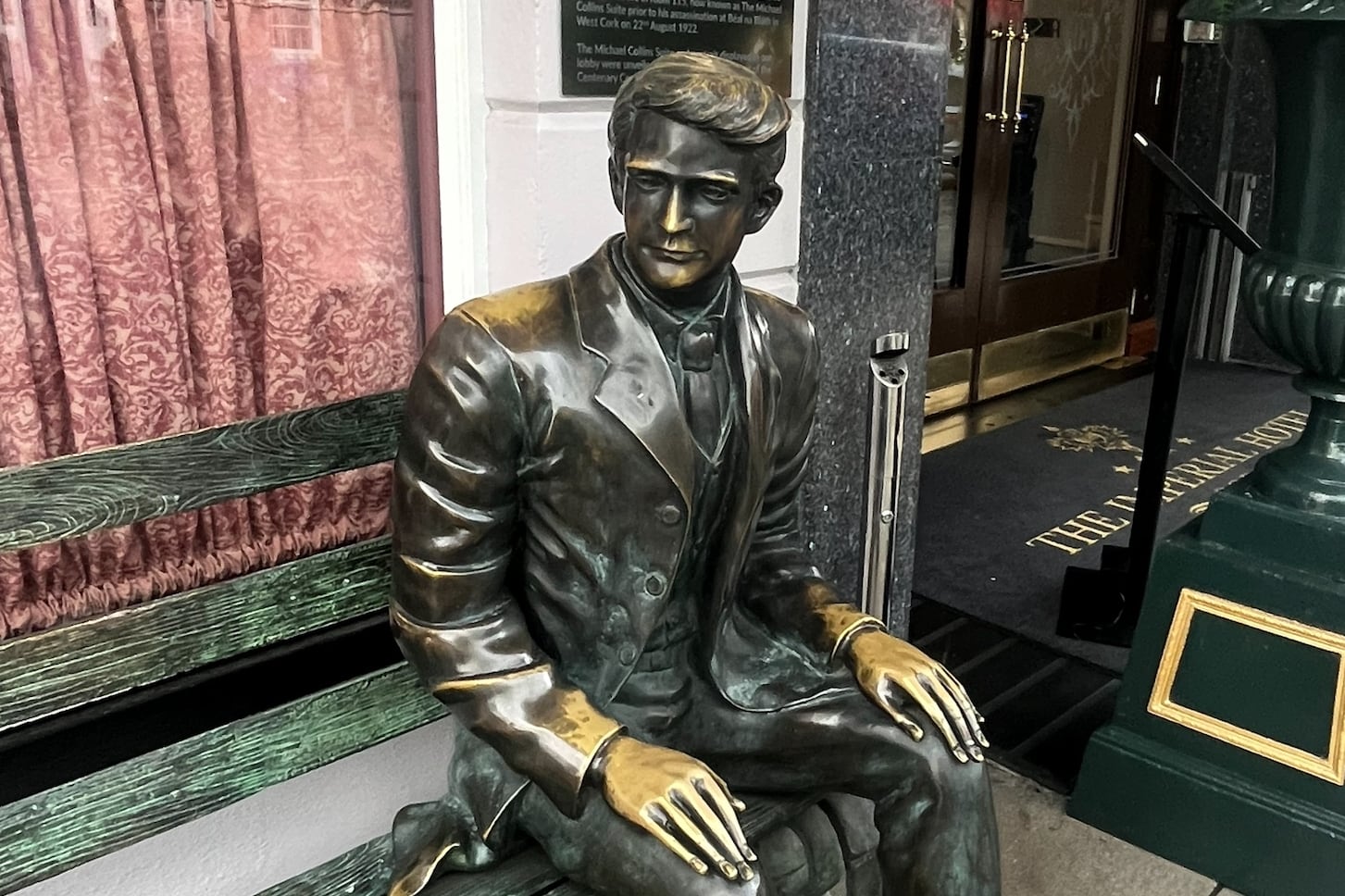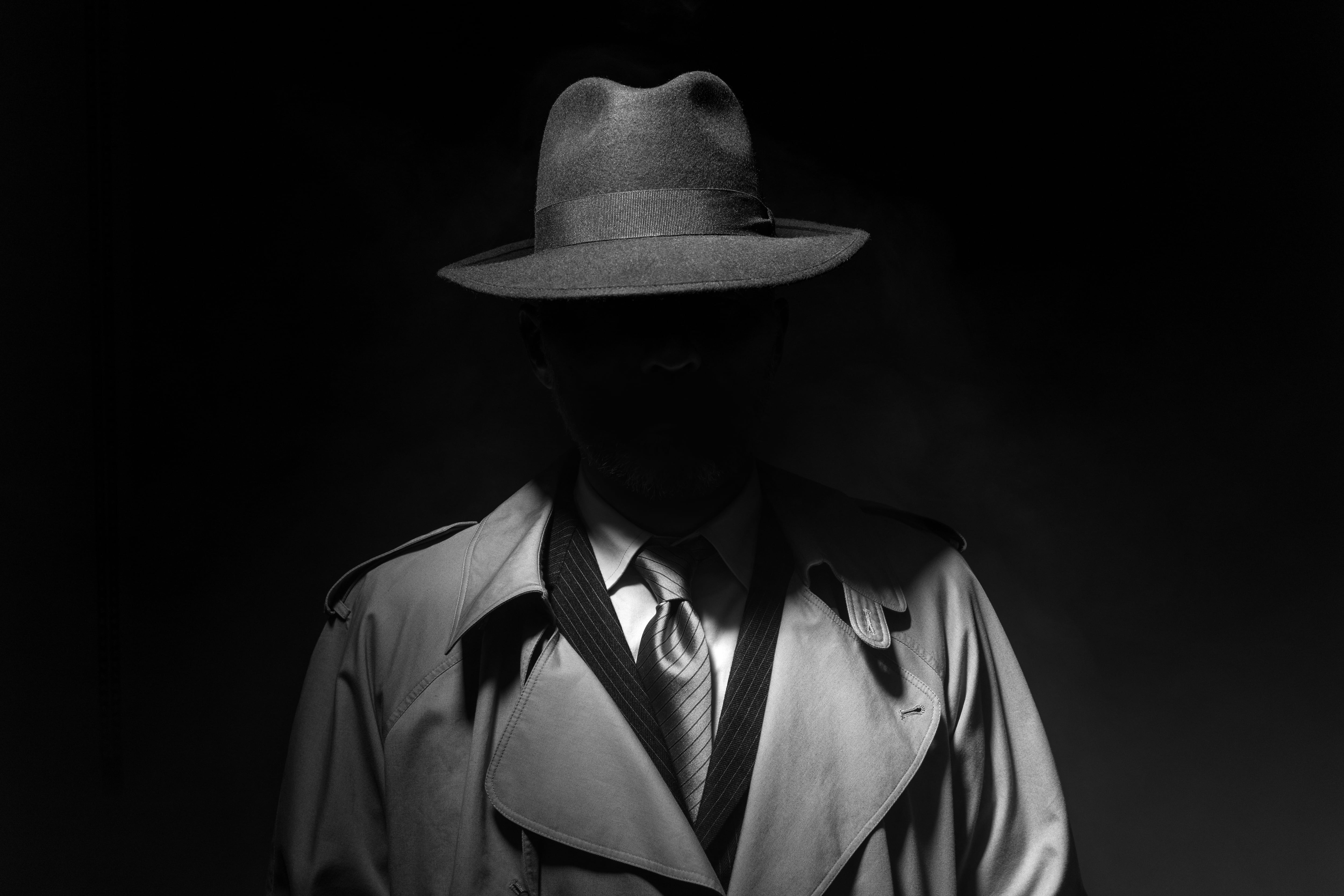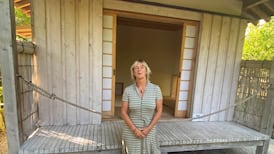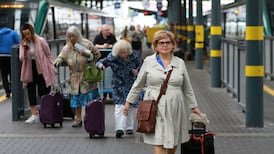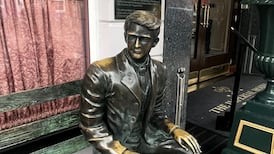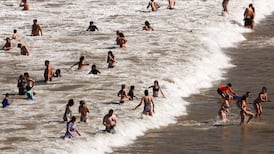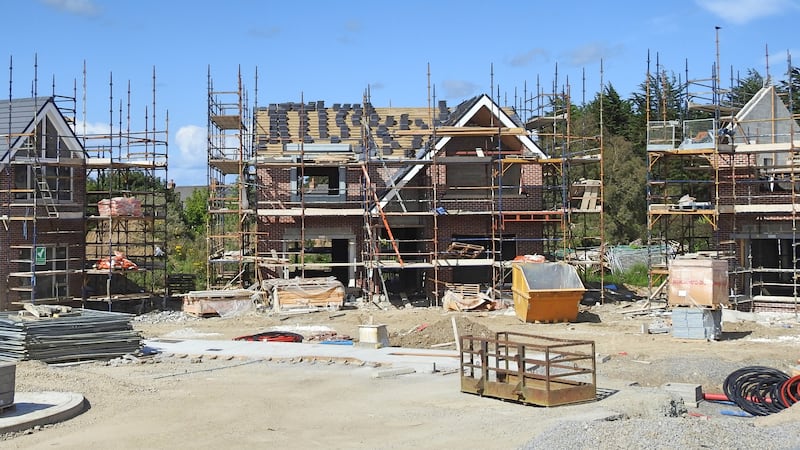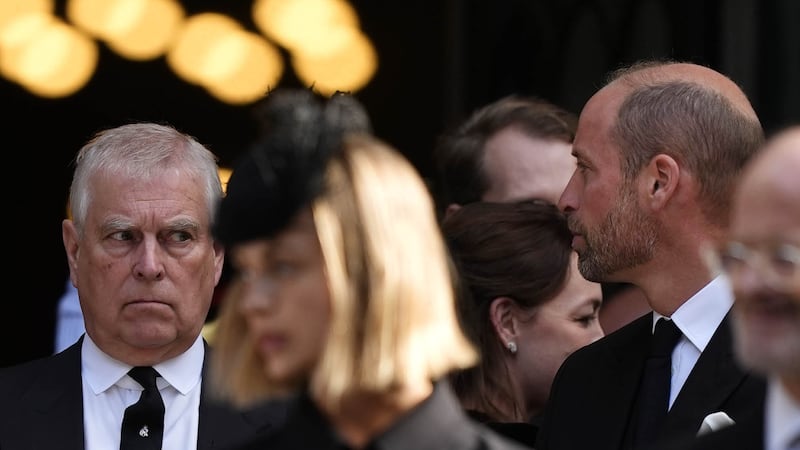Grace O’Sullivan’s personal voyage to save the planet did not end when the French secret service blew two holes in the hull of the Rainbow Warrior and sank it in Auckland Harbour on July 10th, 1985, killing one of her friends.
In the early hours of October 24th, the 23-year-old from Tramore, took the helm as she and three other Greenpeace activists sailed a smaller boat, the Vega, towards the nuclear testing site at Moruroa Atoll in French Polynesia.
“I left Ireland for a purpose. When we got word of the test there was no question about what we were going to do. We sailed into the zone,” Grace recalls.
French commandos boarded the Vega before dawn. The four activists were handcuffed and transferred to a warship, and the Hero underground nuclear test went ahead at 7.50am to the satisfaction of the French prime minister Laurent Fabius, enjoying his breakfast in a command centre 20km away.
READ MORE
By the time France got around to signing the Comprehensive Nuclear Testing Ban Treaty in 1996, it had turned swathes of French Polynesia into a nuclear wasteland, racking up 187 nuclear tests over a 30 year period, spreading cancer and premature death among the indigenous populations of Tahiti and neighbouring islands.
As she waited deportation back to Ireland under military escort, Grace was still grieving for her friend, the Greenpeace photographer, Fernando Pereira, a father-of-two who drowned while trying to salvage his cameras when the second limpet mine attached to the Rainbow Warrior exploded.
They had first met two years earlier when they skimmed the waters off Sellafield in a Zodiac inflatable as part of the Greenpeace campaign to stop the discharge of nuclear waste into the Irish Sea.
The former Irish surf champion’s skill with a dinghy was honed while volunteering with the RNLI station in Tramore and, though only 21, Greenpeace signed her up to take part in a campaign to obstruct the killing of seal pups for their fur, off the coast of Norway. A campaign that led to a ban on the import of seal pelts into the EU.
In May 1985, she was on the Rainbow Warrior when it dropped anchor off Rongelap Atoll in the Marshall Islands where the US carried out 46 nuclear tests between 1946 and 1958 with a combined explosive power 7,000 times greater than Hiroshima.

On Rongelap, the 100-mile-wide fall-out plume from the Castle Bravo hydrogen bomb test on March 1st, 1954, had contaminated the food and water, and caused thyroid tumours, leukaemia, still births, miscarriages and other health problems which the US government long refused to recognise as being the result of its actions.
Stepping on to the sand at Rongelap brought back memories for Grace of the contamination registered on her clothing during the Sellafield protest.
Greenpeace agreed to evacuate the 320 islanders to a new home, and she saw for herself the deformities among the 75 children included. Leaving their island home was heartbreaking for all concerned.
The Rainbow Warrior sailed on through the Pacific bearing witness to the impacts of nuclear testing on small island developing nations, visiting Kiribati and then Vanuatu before docking in Auckland where it met its grisly end “in a brazen act of state terrorism” as she describes it.
Grace was deported 40 years ago, on November 1st, and prohibited from ever returning to French Polynesia. She left on a flight to LA under military escort and the following day her touching reunion with her mother Dolores in Dublin airport was captured on the front page of the Irish Times in a photograph taken by Pat Langan.
She was back in action the following year including one memorable protest where she climbed barefoot up the anchor chain of a Soviet Union warship fitted with nuclear warheads in the Mediterranean.
In 1988, the former MEP and Green Party activist played a proud role in establishing the Greenpeace World Park on Ross Island in Antarctica – nicknamed Grace Base by her colleagues – which allowed Greenpeace to attend Antarctic Treaty meetings and push for a ban on mineral extraction and the agreement that, to this day, designates the entire continent “as a natural reserve, devoted to peace and science”.
One cannot but think that Ernest Shackleton and Tom Crean would share her frustration that Ireland has still not signed up to the Antarctic Treaty especially now that British MPs have expressed concern that “geopolitical tension and the prospect of potential mineral reserves are straining peace and environmental protection in Antarctica”.
Happily settled in Tramore, where she raised her three children and glad to be out of politics, she reflects that “Trump is certainly a worry. He’s pulled out of the Paris agreement and supports oil drilling in wilderness areas and deep-sea mining. Antarctica may be in his sights if the world is not careful.
“In Ireland we need to honour our historical contribution to polar exploration by standing up for environmental protection and signing the Treaty.”
